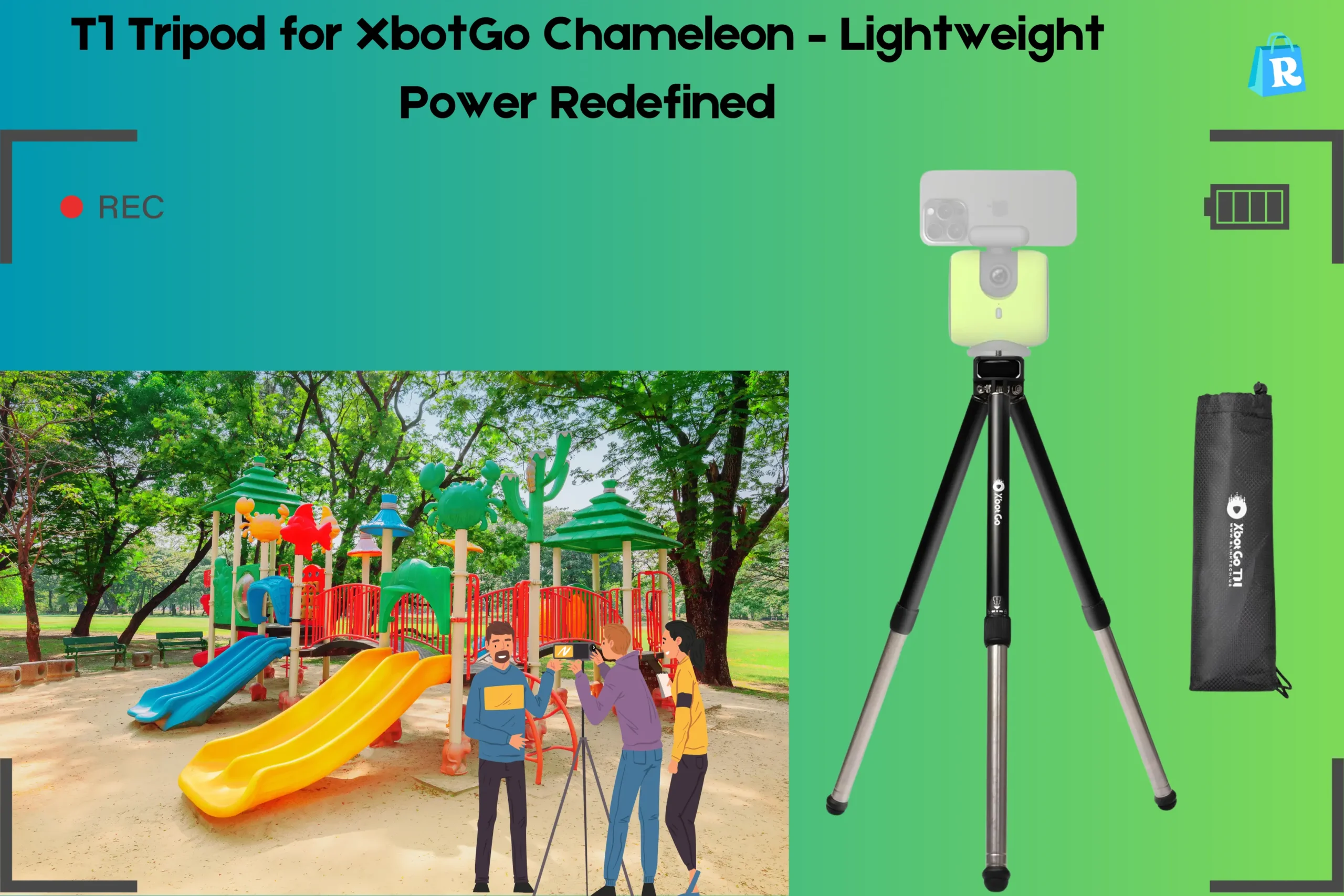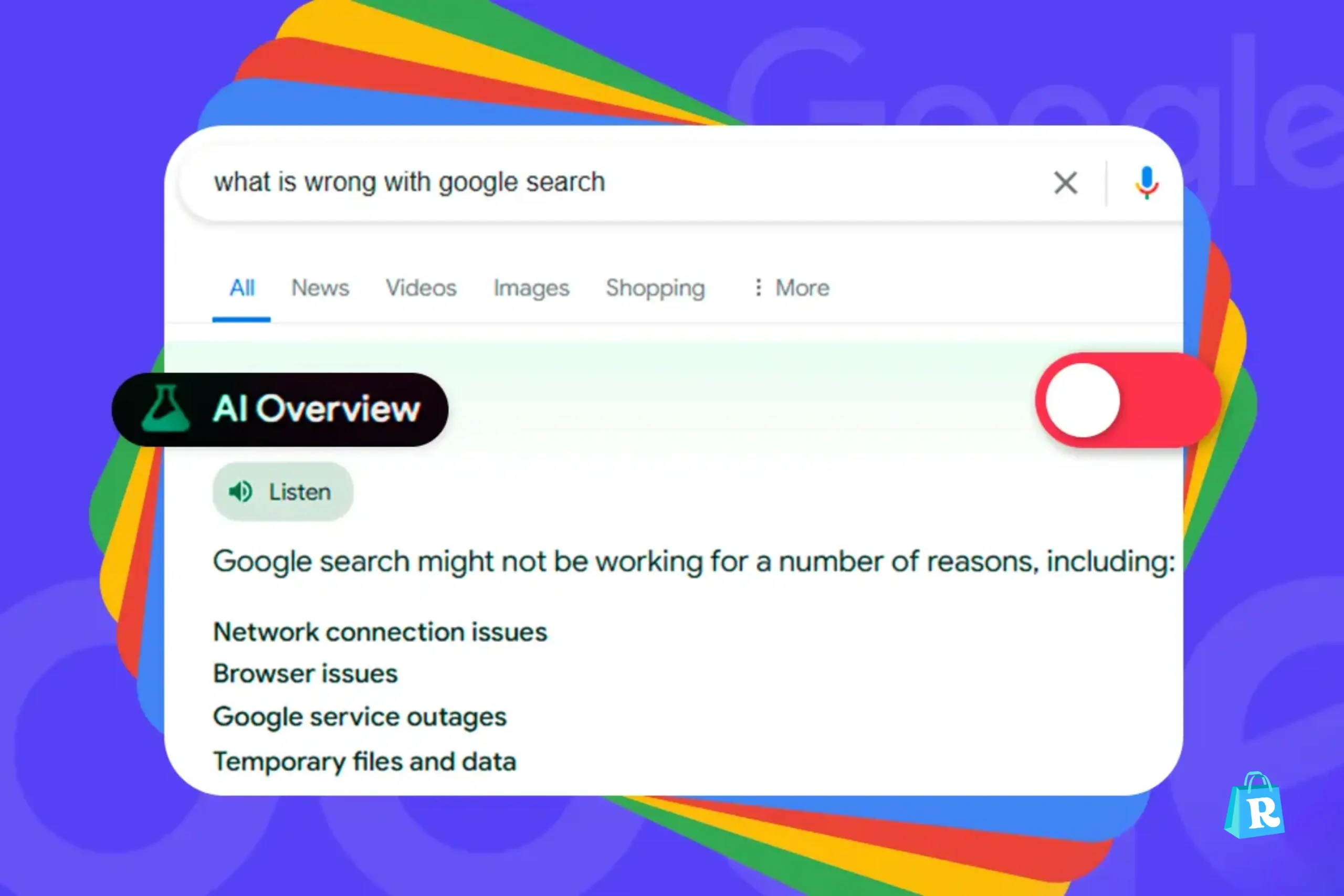A domain name is the digital address of your online presence, making it one of the most critical elements of establishing a website. Whether you are launching a business, starting a blog, or creating a portfolio, choosing and purchasing the right domain name is the first step toward building a recognizable brand.
With numerous domain registrars and extensions available, understanding the process can be overwhelming. This guide will walk you through everything you need to know about buying a domain name and securing your online identity.
Understanding Domain Names and Their Importance
A domain name serves as the unique identifier of your website, making it easier for visitors to find you online. Instead of using an IP address, a domain provides a memorable and professional way to represent your brand.
A well-chosen domain name enhances credibility, improves search engine rankings, and makes your website easily accessible to users worldwide.
Choosing the Right Domain Name
Selecting the perfect domain name requires strategic thinking. It should be short, easy to remember, and relevant to your brand or niche. Avoid using complex spellings, numbers, or special characters, as these can make it harder for users to recall your site.
Additionally, consider the domain extension carefully; while .com remains the most popular, other extensions like .net, .org, or industry-specific ones such as .tech or .store may be more suitable depending on your website’s purpose.
Researching Domain Name Availability
Once you have a few potential names in mind, you must check their availability. Most domain registrars provide search tools that allow you to see if your desired domain name is available.
If your preferred name is taken, you can explore variations by adding keywords, using a different extension, or trying slight modifications while keeping it recognizable and brand-friendly.
Where to Buy a Domain Name
You can purchase a domain name from a domain registrar, a company that specializes in selling and managing domain registrations. Some of the most popular domain registrars include:
- GoDaddy – One of the largest domain registrars with various services.
- Namecheap – Known for affordable pricing and free domain privacy protection.
- Google Domains – Offers a simple interface and integration with Google services.
- Bluehost – Provides domain registration along with web hosting services.
- Hostinger – Competitive pricing and additional hosting options.
- Domain.com – User-friendly platform with various domain extensions.
When choosing a registrar, compare pricing, renewal fees, customer support, and additional features like privacy protection before making a decision.
Best Platform for Buying a Domain
Among all the available options, Namecheap is widely regarded as the best platform for purchasing a domain due to its competitive pricing, free WHOIS privacy protection, and easy-to-use management tools. Additionally, Google Domains is an excellent choice for those who prefer seamless integration with Google services and a clean, ad-free experience. GoDaddy, while often more expensive, is ideal for users who want a well-established registrar with 24/7 customer support and multiple domain-related services.
User Reviews on Domain Registrars
Namecheap
Users appreciate Namecheap’s affordability, user-friendly interface, and free WHOIS protection. However, some users mention that customer support response times can occasionally be slow.
GoDaddy
GoDaddy receives mixed reviews, with many praising its wide range of services and support. However, some users find its upselling tactics and renewal prices to be on the higher side.
Google Domains
Google Domains is favored for its simplicity and lack of aggressive upselling. Users enjoy the seamless integration with Google products, but some mention that it lacks advanced domain management features offered by competitors.
Bluehost
Bluehost is preferred by users who need both hosting and domain registration in one place. Many appreciate its bundled deals, but some note that its domain renewal costs can be slightly higher.
Hostinger
Users like Hostinger for its budget-friendly pricing and fast registration process. However, some report that its customer support response time can be inconsistent.
Registering the Domain Name
After selecting a domain registrar, proceed with the registration process. Create an account on the registrar’s website, enter your chosen domain name, and follow the checkout process. Many registrars offer additional services such as web hosting, SSL certificates, and email accounts that you can bundle with your domain purchase.

Understanding Domain Name Pricing and Renewal
Domain prices vary depending on the registrar, extension, and demand for the name. Premium domains—highly sought-after names—can be significantly more expensive.
Standard domain registrations typically range from $10 to $50 per year. Keep in mind that domain names require annual renewal, so ensure you set up auto-renewal or mark your calendar to avoid losing ownership.
Importance of Domain Privacy Protection
When registering a domain, your personal information, including your name, address, email, and phone number, is added to the public WHOIS database.
To prevent spam, identity theft, and unsolicited marketing, consider adding domain privacy protection. Most registrars offer this as an optional add-on during checkout.
Connecting the Domain to a Website
Owning a domain name is just the first step; you’ll need to link it to a website. If you have a web hosting provider, you can connect your domain through the domain settings by updating the nameservers.
If you’re using a website builder like Wix, Shopify, or Squarespace, they provide simple integration options to link your domain directly to your website.
Transferring a Domain Name if Needed
If you ever need to switch registrars or sell your domain, you can transfer it to another provider. The process typically involves unlocking the domain, obtaining a transfer authorization code, and following the new registrar’s transfer procedure.
Keep in mind that some registrars have a 60-day lock policy after purchase, restricting immediate transfers.
Comparison Table for Buying a Domain Name
| Factor | Details |
|---|---|
| Domain Availability | Check availability using domain registrars. |
| Domain Extensions | Choose from .com, .net, .org, or niche-specific extensions. |
| Pricing | Ranges from $10 to $50 per year; premium domains cost more. |
| Domain Privacy | Protects personal information from public WHOIS database. |
| Registrar Options | Reputable registrars include GoDaddy, Namecheap, and Google Domains. |
| Renewal | Domains require annual renewal; auto-renew is recommended. |
| Website Connection | Connect via nameservers or website builder integration. |
| Domain Transfer | Domains can be transferred to another registrar if needed. |
Key Features of Buying a Domain Name
Understanding the key aspects of purchasing a domain name helps streamline the process. Some essential features include domain search tools, competitive pricing, reliable customer support, privacy protection, and the ability to transfer ownership if needed. Additionally, selecting a registrar that offers user-friendly management tools makes maintaining and renewing your domain hassle-free.
Pros and Cons of Buying a Domain Name
Pros
- Establishes a professional online identity.
- Improves brand recognition and credibility.
- Helps with search engine optimization (SEO) and online visibility.
- Provides flexibility in creating email addresses with the domain.
- Allows for complete ownership and control over web presence.
Cons
- Requires annual renewal to maintain ownership.
- Premium domain names can be costly.
- Some registrars may have hidden fees for additional services.
- Transferring domains between registrars can take time.
- If not renewed, the domain can be purchased by someone else.
FAQs About Buying a Domain Name
1. Can I buy a domain name permanently? No, domain names are registered on an annual basis. However, you can renew your domain indefinitely to maintain ownership.
2. What happens if my domain name expires? If you do not renew your domain, it may go into a grace period where you can reclaim it. After this period, it becomes available for others to purchase.
3. Is it necessary to buy domain privacy protection? While not mandatory, domain privacy protection helps safeguard your personal information from being publicly accessible in the WHOIS database.
4. Can I buy a domain name without hosting? Yes, you can purchase a domain name without buying hosting. You can keep it parked until you are ready to use it.
5. How do I sell a domain name? You can list your domain on platforms like Flippa, Sedo, or GoDaddy Auctions to find buyers. The transfer process is managed through the registrar.
Conclusion
Buying a domain name is an essential step in building your online presence. From choosing the perfect name to selecting a reliable registrar and ensuring privacy protection, the process requires careful consideration. Investing in a good domain enhances brand credibility, boosts online visibility, and provides a solid foundation for your website.
Understanding the costs, renewal policies, and connection process ensures a smooth experience. Whether you are creating a personal blog, an online store, or a business website, securing the right domain name is the first step toward success in the digital world.






1 thought on “How to Buy a Best Domain Name: A Complete Guide”